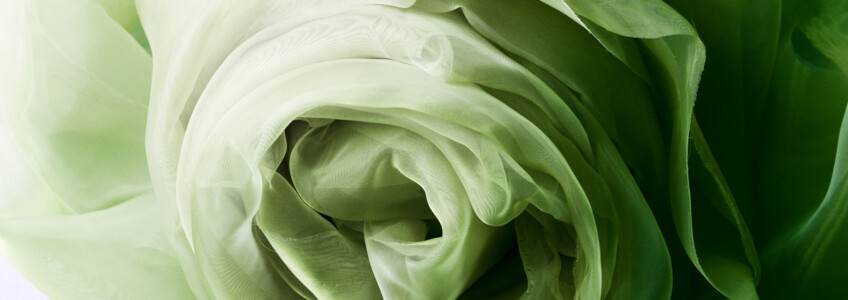The organza fabric has ancient origins, dating back to the fourteenth century in Asia, where it was initially produced only in silk. Over the centuries, the production of organza has spread all over the world and the fabric has started to be produced with other fibers, such as cotton and synthetic fibers. Let’s discover features and uses of organza fabric.
What is meant by the term organza and how to recognize it
The term organza refers to a type of light and transparent fabric, composed of threads woven together to form a transparent texture. Organza can be produced with different fibers, including silk, cotton and synthetic fibers. This fabric is often used for creating evening dresses and accessories such as scarves and stoles, as well as for decorations for weddings and other special occasions. Organza is also suitable for decorations of various types, designs, embroidery and lace for a more elegant and sophisticated look.
To recognize organza we must evaluate these five elements: transparency, texture, lucidity, elasticity and structure. Being a transparent fabric, you should be able to see through it when it is held against the light. The texture should be crisp and stiff, although there are softer and smoother variations. The organza also has a shiny appearance, a feature even more evident in that of silk. Organza is not an elastic fabric, so if the fabric in your hand stretches and widens, it’s not organza. Finally, the organza has a very fine and regular texture.
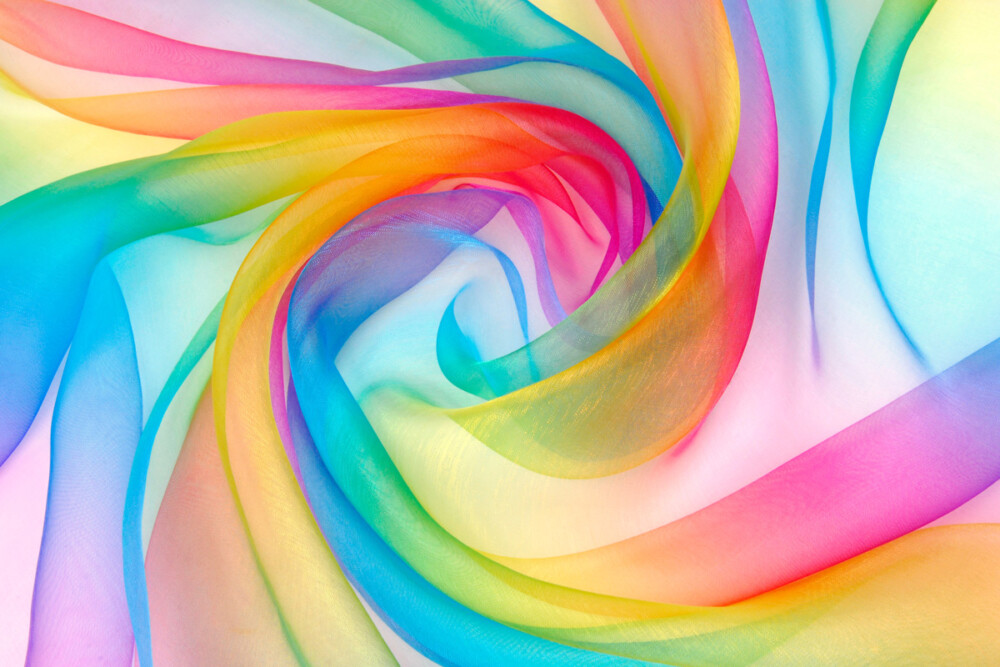
How to use organza and how many types of organza exist
Organza fabric is very versatile and can be used in many ways: clothing, decoration, gift wrapping, crafts and furniture. It is often used to create wedding and ceremony dresses, evening dresses and for special events.
In addition to the use in fashion, with organza we can decorate curtains, drapes, tablecloths, centerpieces, bows and other decorative elements for the house or for special events. This is also a great choice for gift wrapping, especially if you want to give the gift a stylish and sophisticated touch. You can create gift bags, ribbons, bows and decorations for packages.
There are different types of organza, which differ in the type of fiber used in production and the degree of transparency of the fabric. Listed below are some of the main types of organza.
Matte organza: this variety of organza has a less transparent texture than other varieties of organza and is often used to create more opaque-looking dresses and accessories.
Embroidered organza: this variety of organza is decorated with embroidery, lace or other decorative motifs.
Silk organza: produced using silk threads woven together, this variety of organza is very light and has a bright and delicate appearance.
Cotton organza: produced using cotton threads woven together, this variety of organza has a thicker texture than silk and is often used to create wedding dresses and accessories.
Nylon or polyester organza: produced using synthetic fibers, this variety of organza is very durable and has a light and transparent texture. Online you will find several organza fabrics in polyester. Let’s find out together which ones are more versatile.
Organza
100% polyester canvas weave fabric, thin and transparent. It is shiny and has a wide variety of colors. It is suitable for many uses, such as for making ceremonial dresses, wedding favors and outfits, wedding dresses.
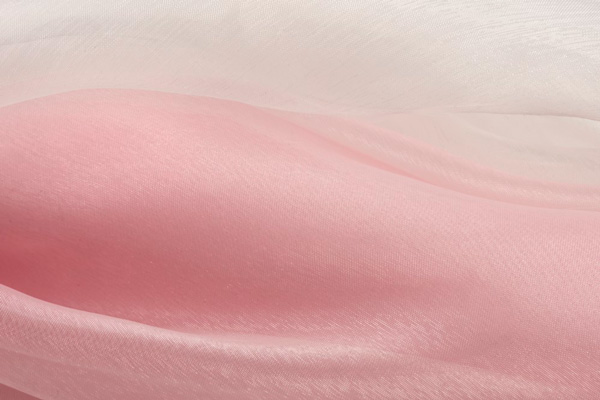
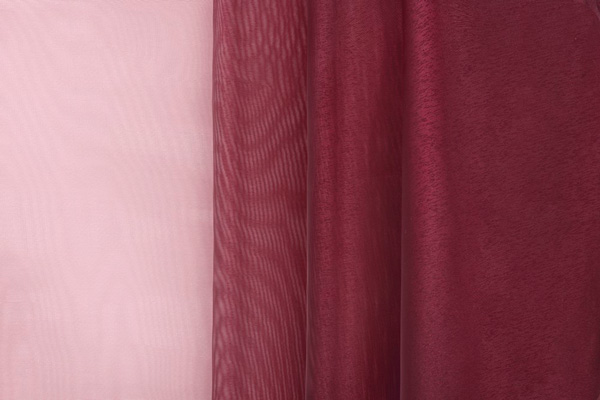
Organza Rainbow Iridescent
55% polyester and 45% polyamide fabric. It offers colour differences between warp and weft threads. Looking at it from different angles, the fabric becomes almost iridescent. This is also suitable for many uses.
Organza maintenance
Organza is a delicate and light fabric that requires special attention during washing and ironing. Before washing organza, it is important to carefully read the fabric label, to check the specific washing instructions. Let’s see all the steps.
How to wash the organza
In general, organza should be washed by hand or machine with a delicate program and cold water. Do not squeeze or spin the fabric, rather lay it on a flat surface and a clean towel to make it dry, away from direct sunlight or heat sources, as it may damage and lose its natural transparency.
How to stretch the organza
To iron organza, you need to pay close attention as it is a delicate tissue that can get damaged easily. Here are some tips on how to iron organza:
Adjust the iron temperature on the “low temperature” or “silk” mode. This way, the fabric will not burn or melt during the ironing process.
Use a protective cloth. Before you start ironing organza, place a clean, lightweight cotton cloth on the fabric to protect it during the ironing process. Alternatively, you can also use a similar silk or organza fabric.
Iron gently. Place the iron on the surface of the organza and press gently without putting too much pressure. Begin ironing from the edge of the fabric and move the iron gently towards the center. Do not pass the iron repeatedly over the same area to avoid damaging the fabric.
Iron on the wrong side. If possible, turn the fabric over and iron it gently using the same process.
Avoid vaporization. Do not use vaporization when ironing organza as moisture may cause staining or discoloration.
Dry thoroughly. After ironing the organza, let it dry completely in the open air before storing.
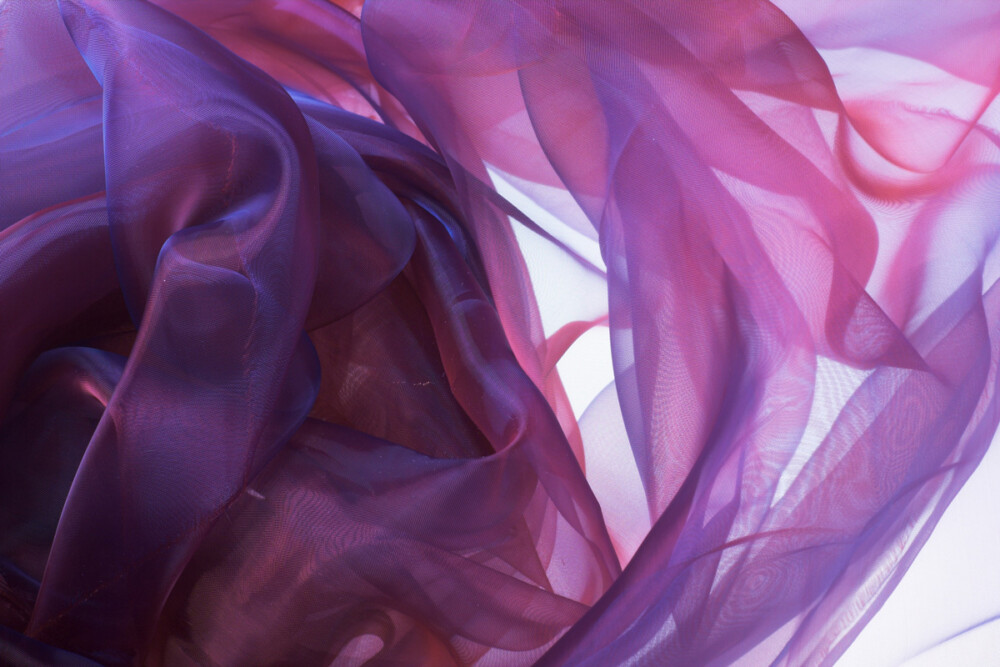
How much organza costs per meter
The organza price depends on the type of fabric (silk, cotton or synthetic) and the width. In general, silk organza tends to be more expensive than cotton or synthetic organza.
As for the price per meter, on average good quality silk organza can cost between 30 and 60 EUR per meter, while cotton or synthetic can cost between 5 and 20 EUR per meter.
Browse the catalog and discover a wide selection of
organza fabrics online and lots of news!



